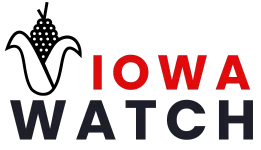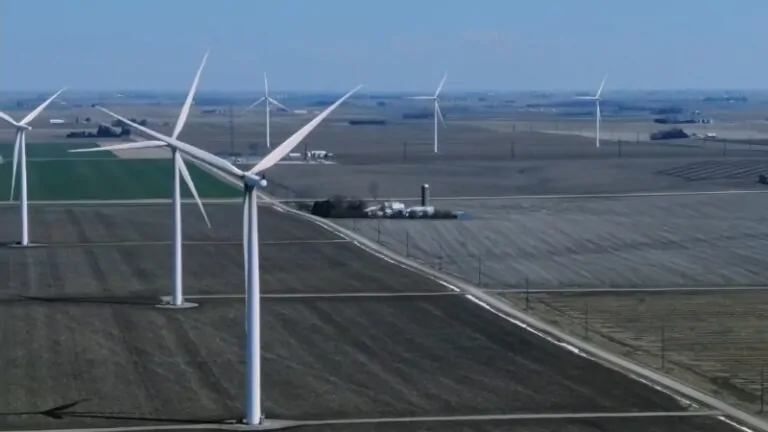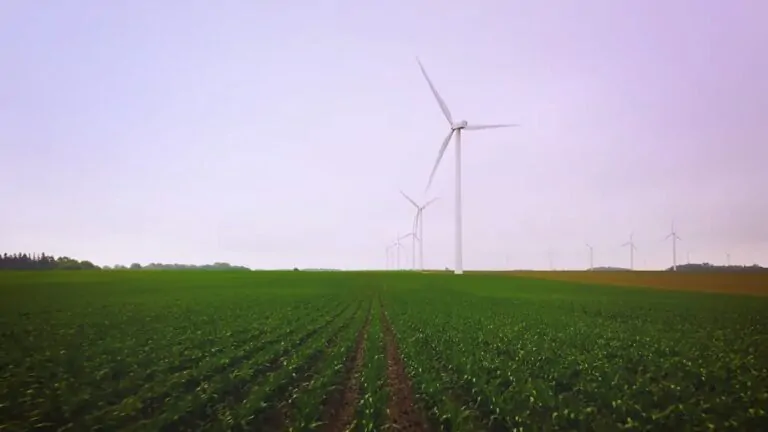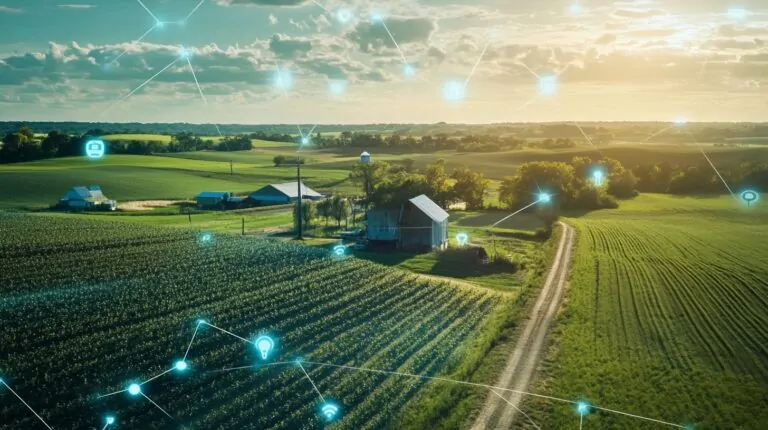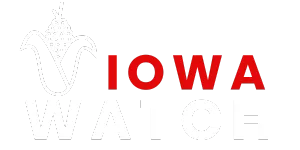Iowa’s economy in 2025 is at a crossroads, balancing significant challenges with promising opportunities. While agriculture and manufacturing face headwinds, population growth and robust service sectors suggest resilience.
Key facts include a projected 25% drop in agricultural income, offset by strong livestock prices, and a healthy real estate market with home values up 3.5% last year.
Employment is mixed, with manufacturing losing 7,100 jobs, but overall nonfarm employment growing by 4,200, driven by education and health care gains.
Table of Contents
ToggleKey Takeaways
Population and Economic Indicators
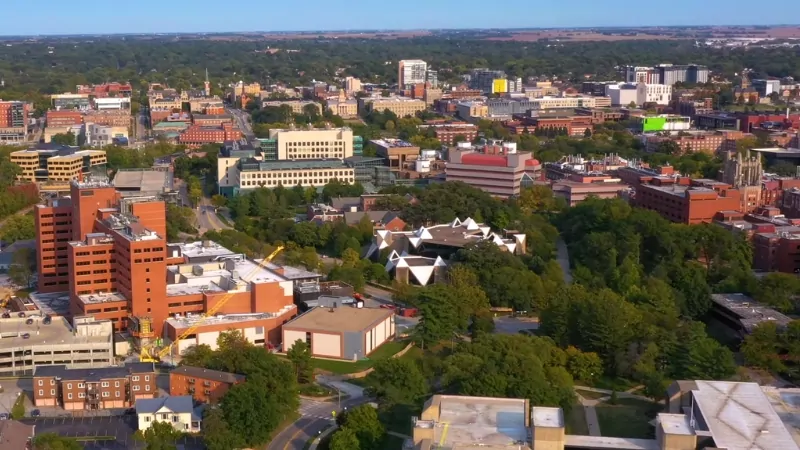
Iowa’s population is growing steadily, reaching about 3.21 million in 2025, with a 0.4% to 0.7% annual increase, supporting consumer demand.
The Iowa Leading Indicators Index rose 1.7% over six months, suggesting positive momentum, though business leaders are split, with 41.8% expecting improvement and 41.8% decline.
Current Economic State: Key Indicators
The Iowa Leading Indicators Index, a predictor of economic activity, stood at 106.3 in December 2024, with a six-month increase of 1.7% (annualized at 3.3%), suggesting positive growth momentum.
This index, above contractionary signals, indicates the economy is not heading for a downturn in the near term. However, business leader sentiments, as captured in the Economic Outlook Survey, are divided, with 41.8% expecting slight or dramatic improvement 41.8% expecting regression, and 16.4% predicting no change according to Business Record.
This split reflects the complexity of Iowa’s economic outlook, with agriculture and manufacturing facing headwinds, while services and population growth offer counterbalances.
Employment data from Iowa Workforce Development shows total nonfarm employment up by 4,200 jobs year-over-year as of January 2025, with a labor force participation rate climbing to 67.0%, a positive sign for workforce expansion in Iowa Workforce Development.
This growth is driven by private service industries, with education and health care adding 4,700 jobs and trade and transportation gaining 3,100, though manufacturing saw a significant loss of 7,100 jobs, particularly in durable goods (-4,800).
Agriculture: A Sector in Transition
Iowa’s agricultural sector, contributing significantly to GDP, is at a critical juncture in 2025. The crop sector, dominated by corn and soybeans, faces severe challenges due to low commodity prices.
Forecasts from farmdoc daily suggest corn prices could fall to $3.90 per bushel in the 2025/26 marketing year, down from $6.54 in 2022/23, and soybeans at $11.20 per bushel for 2024/25, both below production costs according to farmdoc daily.
This has led to a projected 25% reduction in agricultural income for 2025, as noted in business surveys, impacting related industries like manufacturing as noted by Business Record.
However, the livestock sector offers a counterbalance. Cattle prices are projected at $198-$199.50 per cwt for fed steers in 2025, up from previous years, driven by tight supplies as per ERS.
Hog prices are expected to average around $60 per cwt, slightly lower than 2024’s $63 per cwt but still viable. Notably, egg prices are forecasted to rise by 41% in 2025, potentially reaching nearly $7 per dozen, due to supply constraints from Highly Pathogenic Avian Influenza (HPAI), affecting Iowa’s leadership in egg production as per AGDaily.
This unexpected detail could significantly boost egg-related revenues, offsetting crop losses.
Agricultural Price Forecasts for 2025
Commodity
Projected Price (2025)
Change from Previous Year
Source
Corn
$3.90 per bushel
Decrease
farmdoc daily
Soybeans
$11.20 per bushel
Decrease
farmdoc daily
Fed Steers
$198-$199.50 per cwt
Increase
ERS
Hogs
$60 per cwt
Slight decrease
ERS
Eggs
Potentially high, ~$7/dozen
Increase, 41% rise
AGDaily
The agricultural sector’s mixed performance highlights the need to watch livestock trends, particularly eggs, which could surprise significant revenue gains amidst crop sector struggles.
Manufacturing: Facing Headwinds but with Optimism
Manufacturing, accounting for 17% of Iowa’s GDP and contributing $35 billion annually, is closely tied to agriculture according to Advanced Manufacturing.
The sector is facing challenges, with 7,100 job losses year-over-year, primarily in durable goods production (-4,800), linked to the agricultural downturn.
This is evident in layoffs in agricultural machinery, with an Iowa Farm Bureau analysis estimating a $1.5 billion reduction in GDP from 2024 layoffs.
Despite this, there’s cautious optimism. The Iowa Association of Business and Industry predicts flat sales and hiring for 2025, with a focus on innovation to maximize margins as noted by ABI.
Surveys from the Iowa Business Council show higher expectations for sales, capital spending, and employment, suggesting resilience according to Business Record. This mixed outlook underscores the sector’s dependence on agricultural recovery and broader economic policies.
Employment Changes by Sector (Year-over-Year, January 2025)
Sector
Job Change
Total Nonfarm Employment
+4,200
Education and Health Care
+4,700
Trade and Transportation
+3,100
Manufacturing
-7,100
Construction
-2,700
Professional and Business Services
-2,300
Manufacturing’s challenges are clear, but service sector gains suggest a shift in economic focus, with potential for recovery if agricultural conditions improve.
Service Sectors and Real Estate: Pillars of Growth
@ellijennings Day in the life of an Iowa Real Estate Agent #iowa #iowarealtor #desmoinesiowa #iowarealestateagent ♬ Faded (Remix) – Jail maiden
Service sectors are emerging as drivers of Iowa’s economy. Education and health care added 4,700 jobs, and trade and transportation gained 3,100, reflecting a robust demand for services.
This growth is supported by population increases, with Iowa’s population reaching 3.21 million in 2025, growing at 0.4% to 0.7% annually.
Real estate is another bright spot, with home values up 3.5% last year and a median home sale price of $244,900 according to Steadily.
The rental market is stable, with median rent at $1,100 in December 2024, and a low 2-month home supply indicates a seller’s market, with homes selling in 28 days.
Stabilizing interest rates and easing inflation are supporting this sector, making homeownership more accessible.
Real Estate Market Metrics (2025 Trends)
Metric
Value
Home Value Growth (Last Year)
3.5%
Median Home Sale Price
$244,900
Median Rent (Dec 2024)
$1,100
Days on Market
28 days
Home Supply
2 months
Analysis: consumer confidence.
Policy and External Factors
External factors, including federal policies, will shape Iowa’s economy in 2025. The new administration’s potential tariffs and immigration policies pose risks, with about 105,000 undocumented immigrants in Iowa, and past ICE raids causing localized economic recessions according to Migration Policy Institute.
Interest rates, held at 4.25%-4.5% in January 2025, with potential cuts in May and September, could ease borrowing costs as noted by Forbes.
Inflation, at 2.4% in September 2024, remains above the Fed’s 2% target, driven by service costs as per BLS.
Future Predictions and Trends to Watch
Looking ahead, Iowa’s economy is poised for modest growth, with key trends to monitor including:
Conclusion

Agriculture, the state’s economic bedrock, is clearly in flux, with declining crop income pressing on margins, yet surprising resilience from the livestock and egg sectors offers a silver lining.
Manufacturing, deeply intertwined with farm performance, is weathering job losses but clinging to cautious optimism, ready to pivot if conditions improve.
Meanwhile, the service sector and real estate are quietly stealing the spotlight, buoyed by population growth, job creation, and a stable housing market that reflects broader consumer confidence.
With institutional stability, a skilled workforce, and growing urban demand, the state is navigating uncertainty with a toolkit of resilience.
The coming months will be defined by how well it leverages its livestock sector, expands its service industries, and responds to policy shifts on immigration, inflation, and trade. The road ahead isn’t smooth—but it’s far from bleak.
